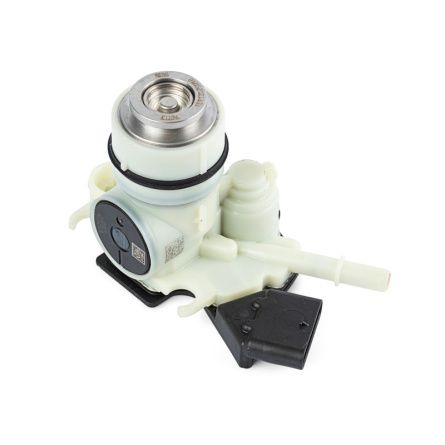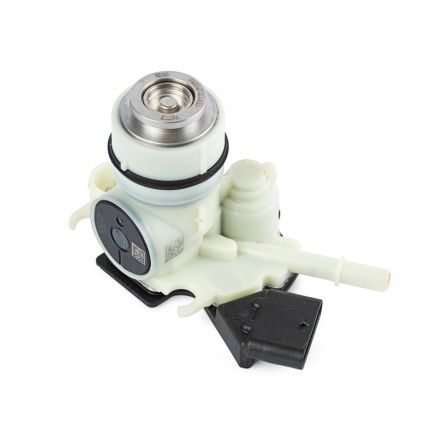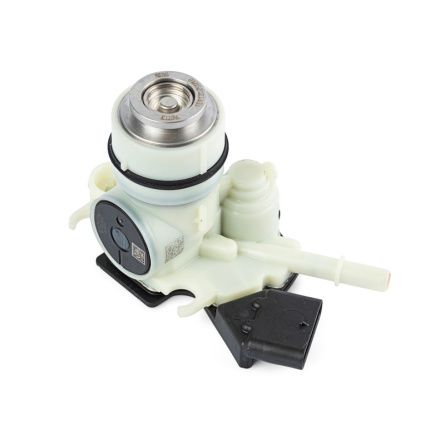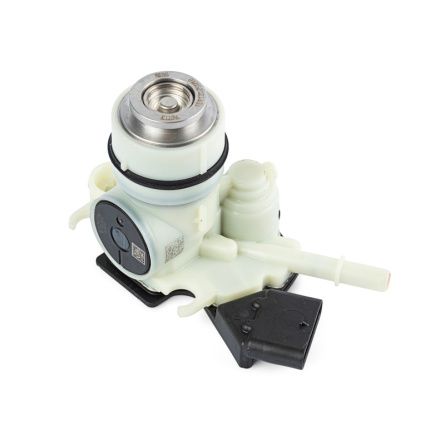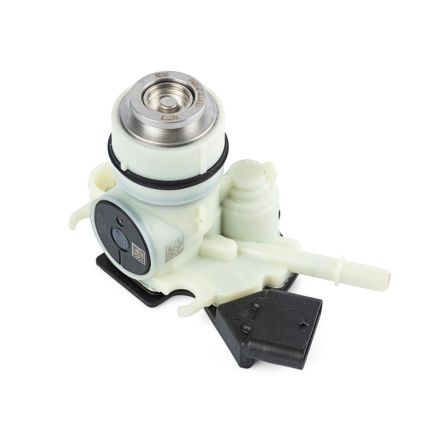AdBlue pumps
AdBlue pumps
AdBlue pumps may not be visible to the everyday driver, but they play a decisive role in shaping the future of cleaner mobility. As the heart of the Selective Catalytic Reduction (SCR) system, an adblue pump ensures the precise delivery of the urea-based solution needed to neutralize harmful nitrogen oxide emissions. By doing so, it not only protects air quality but also guarantees that vehicles remain compliant with the world’s increasingly strict environmental regulations. In modern diesel engines, the adblue pump stands as both a guardian of performance and a cornerstone of ecological responsibility, making it an essential component in the pursuit of sustainable and efficient transportation.
Understanding AdBlue Pump Systems
AdBlue pump systems are at the very center of how modern diesel engines meet strict emission standards. Their primary role is to ensure that the AdBlue solution – a mixture of urea and deionized water – is stored, pressurized, and delivered into the exhaust stream with absolute precision. The pump draws the fluid from the AdBlue tank and pushes it through lines to the injector, which sprays it directly into the hot exhaust gases. Once released, the solution breaks down into ammonia, which then reacts with harmful nitrogen oxides inside the Selective Catalytic Reduction (SCR) catalyst, converting them into harmless nitrogen and water vapor.
In diesel engines, this process is critical because NOx emissions are among the most significant pollutants produced during combustion. Without a properly functioning pump system, the dosing of AdBlue would be inconsistent, leading to higher emissions, reduced engine performance, and even failure to comply with environmental standards. By maintaining the correct flow and pressure of the solution, AdBlue pumps allow passenger cars, commercial vans, and heavy-duty trucks to run efficiently, remain environmentally friendly, and meet increasingly strict regulations.
Key Features of AdBlue Pump Modules
The adblue pump module is far more than a simple delivery mechanism. It is a highly engineered unit designed to combine efficiency, durability, and technological sophistication. One of its most important features is precise dosing capability, which ensures that the correct amount of AdBlue solution is delivered under varying engine loads and driving conditions. This accuracy is essential for reducing harmful emissions and optimizing fuel efficiency.
Another defining characteristic of an adblue pump module is reliability. These modules are built with corrosion-resistant materials, strong seals, and integrated filters that protect against contamination. Such construction allows them to withstand constant exposure to urea-based solution and demanding operating conditions, resulting in consistent long-term performance.
In addition, modern modules often include integrated sensors and electronic control units that communicate directly with the vehicle’s engine management system. This integration enables real-time adjustments, adaptive pressure regulation, and diagnostic functions that improve responsiveness and support compliance with emissions legislation. In practice, these advances mean smoother engine operation, lower emissions, and improved efficiency.
Choosing the Right AdBlue Pump for Your Vehicle
Selecting the correct pump is critical for ensuring reliable SCR operation. The first step is to verify compatibility with the specific vehicle model, engine type, and exhaust treatment system. Using a pump that is not designed for the application can lead to poor dosing, malfunction, or even damage to related components. Another key factor is capacity. Smaller cars require different flow rates than heavy-duty trucks, so choosing a pump with the right performance level ensures optimal operation without overloading the system.
Brand reputation also plays a major role. Pumps produced by trusted manufacturers are tested for durability, feature advanced technology, and often come with warranties and customer support. Choosing a high-quality product means fewer breakdowns, easier servicing, and a longer service life.
Maintenance and Troubleshooting of AdBlue Pumps
Maintaining a pump properly is essential for consistent performance. Only certified AdBlue fluid should be used, since low-quality alternatives can cause crystallization, clogging, and corrosion. Before refilling, it is important to keep the tank and connections clean, as even small particles may harm the system. Drivers should also pay attention to crystallization risks, which can occur if the solution is exposed to air or fluctuating temperatures. Ensuring that the tank is properly sealed and allowing the system to complete its cleaning cycle helps reduce this issue.
Dashboard warnings must not be ignored. Error messages linked to the SCR system often indicate pressure loss, blocked lines, or injector faults, and early intervention can prevent more serious failures. In cold climates, AdBlue can freeze at –11°C, so it is important to check that the pump’s integrated heating element is functioning correctly.
Regular inspections during servicing can also extend the life of the system. Mechanics can check for leaks, unusual noises, or pressure irregularities. Common problems such as reduced fluid delivery, low pressure, or abnormal pump noise often stem from clogged filters, crystallized deposits, or worn internal components. Cleaning the system, flushing the lines, or replacing seals and filters at the right time prevents premature failure and extends the pump’s service life.
By following proper maintenance practices and responding quickly to issues, drivers can ensure that their AdBlue system remains reliable. This not only keeps the vehicle compliant with environmental standards but also supports long-term efficiency and durability, underlining the vital role of AdBlue technology in modern diesel mobility.
